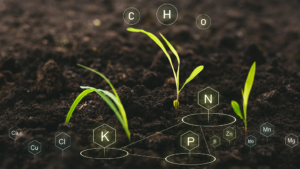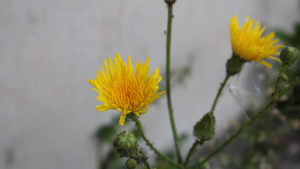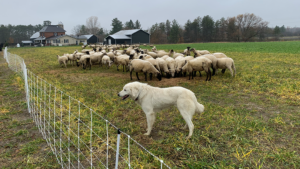Big wins for wheat
SUCCESSFUL SEASON FOR GREAT LAKES YEN
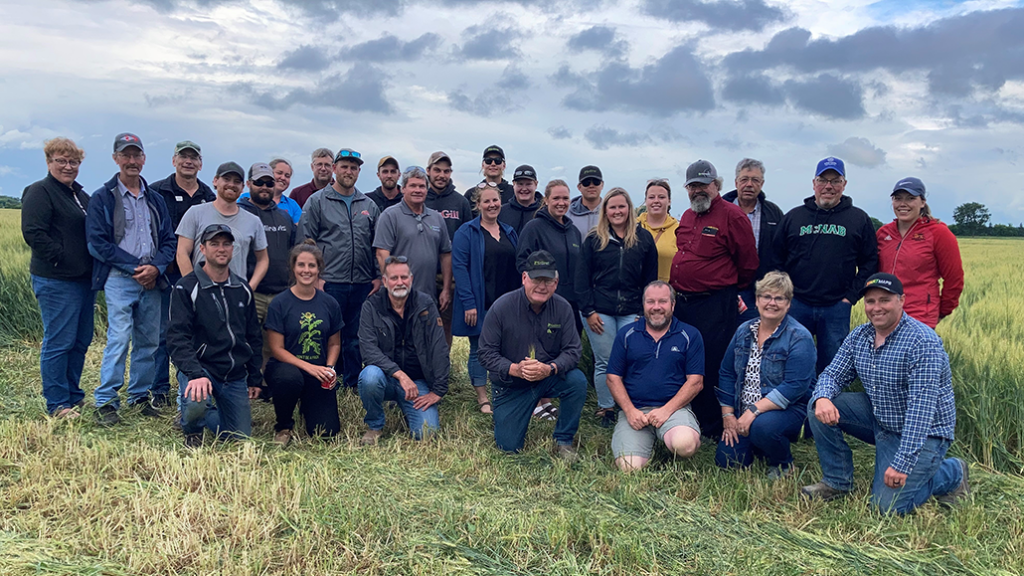
2022 MARKED THE first full season of the Great Lakes Yield Enhancement Network (YEN). There were 98 entries in the program this year from across Ontario and five American states: Michigan, Ohio, Kentucky, New York, and Wisconsin. The more entrants in the Great Lakes YEN there are, the more robust and confident the insights from the data will be, both at the individual ‘benchmarking’ level and when analyzing the complete data set.
| WHAT YOU NEED TO KNOW • The Great Lakes YEN was created in partnership with Grain Farmers of Ontario, Michigan State University, Michigan Wheat Program, the Ontario Ministry of Agriculture, Food and Rural Affairs, and the University of Guelph. • There were 98 entrants to the Great Lakes YEN program from Ontario, Michigan, Ohio, Kentucky, New York, and Wisconsin. • The Great Lakes YEN is an opportunity for farmers to learn more by diving deep into their collected data over the season. • Data indicates that a 200 bushels/acre yield is possible almost anywhere — high yields are not restricted to a single part of the Great Lakes region. |
SEASONAL OVERVIEW
The Fall 2021 planting conditions ranged from good to poor across the Great Lakes YEN region. Some areas faced near-record rainfall that hindered the harvest of soybeans and dry beans, and delayed winter wheat planting. In these areas, soil water levels remained at field capacity for 10 to 14 days causing poor root development and winterkill. Areas that did not experience extreme wet conditions did quite well.
Aside from areas that experienced poor root development due to the excessive rains, overwintering conditions were mostly favourable across the region, and winter wheat survived the winter very well. Coming out of the winter, the crop greened up, and nitrogen and herbicide applications occurred. Crop development seemed slow, as expected, with the cooler-than-normal conditions. Some areas became dry and remained dry for the duration of spring. Despite these conditions, wheat moved through the growth stages quite rapidly once the jointing stage was reached, catching many farmers off guard. In some cases the timing of split nitrogen applications, fungicide applications, and plant growth regulators were late due to rapid crop development.
Insect pressure was relatively low in 2022. There were some reports of cereal leaf beetle and aphids in fields, but the majority of populations remained below threshold, and a high number of beneficial insects (ladybug and lacewing larvae) were found in fields that kept these pest populations low. Early season disease levels also remained low, with some powdery mildew and Septoria reported. Many areas lacked adequate moisture for disease development. Dry conditions persisted into flowering, lowering infection rates for Fusarium head blight and the development of the mycotoxin deoxynivalenol (DON). Nearly all the grain samples in the YEN project had low DON levels, and test weights were generally good. At harvest time, yields were variable by region. A significant area of the Great Lakes YEN region experienced drought during June, which caused concern among farmers, but once combining began, most were pleasantly surprised with their yield. Cool nights in June allowed for an extended grain fill period that translated to higher yields.
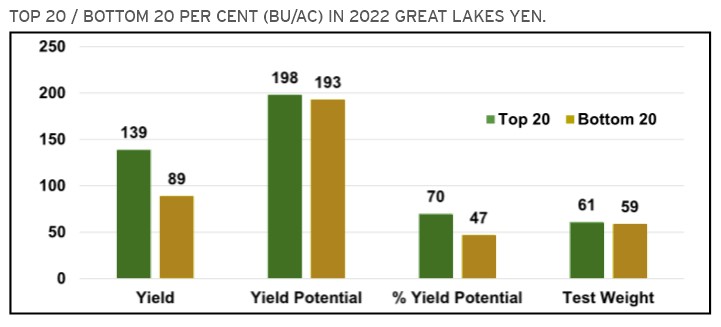
SO, WHAT DOES THE DATA TELL US?
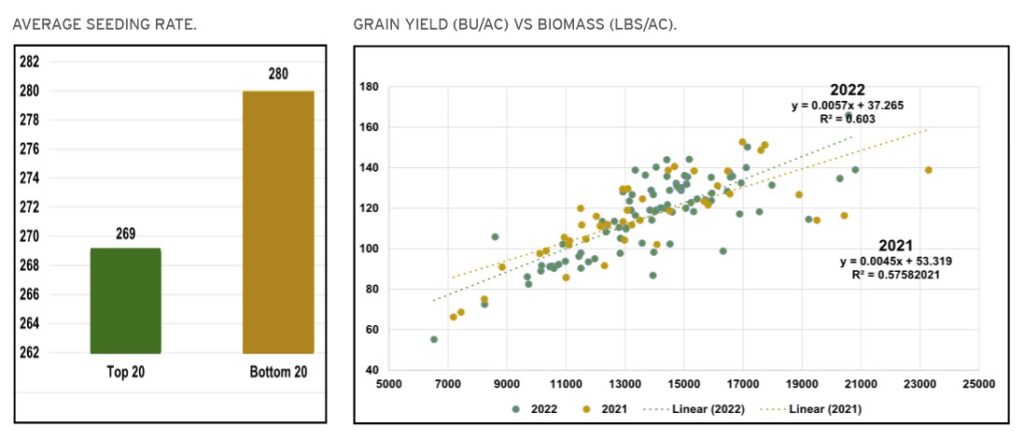
The Great Lakes YEN is not simply a competition. It is an opportunity for farmers to learn more about individual fields, their crop’s development over the season, and their agronomy practices by diving deep into their collected data over the season. Comparing the top 20 per cent of entries to the bottom 20 per cent, yields ranged in fields in the 2022 growing season from 89 bushels/acre to 139 bushels/acre, a 50-bushel difference. The average grain yield for all participants was 116 bushels/acre.
To estimate potential yield, it was assumed a theoretically ‘perfect’ variety grown with ‘inspired’ management on each entrant’s field and 2022 weather, including available water and solar radiation. There was only a five bushel per acre difference in the modelled potential yield between the top and bottom 20 per cent in the Great Lakes Region. This indicates that similar yield potential existed between the two groups, but one group had higher actual yield. The project aims to understand the differences and help growers achieve higher yields through data reports and feedback.
Data analysis performed on the 2022 Great Lakes YEN data highlighted the importance of decisions made by farmers that may lead to higher winter wheat yields. The seeding date for the top 20 per cent of participants was 11 days earlier than the planting date for the bottom 20 per cent of participants across various regions in the Great Lakes YEN. In addition, correlation analysis identified that an earlier seeding date was statistically related to an increase in yield. However, there is a caveat to this, as it is possible to plant too early and increase the risk of insect pests and disease that may impact crop viability and yield or increase the risk of winter injury. Maps of optimal seeding dates can be found on the Ontario Cereal Crops Committee and Ontario Ministry of Agriculture, Food and Rural Affairs websites.
In terms of crop physiology, the 2022 Great Lakes YEN data analysis, supported by results of more than eight years of the YEN in the United Kingdom, shows that high yields tend to be associated with high heads per m2 and high total biomass. The U.K. YEN data analysis also found that a high total biomass is more important than a high harvest index in explaining higher yields, indicating the importance of striving for better light and water capture.
GETTING HIGH-YIELDING WHEAT
The 2022 Great Lakes YEN data indicates that a 200 bushels/acre yield is possible almost anywhere. High yields are not restricted to a single part of the Great Lakes region.
Attention to detail is important. Aspects of this that appear to have a significant impact on yield include:
• Planting date – planting on the earlier side of the optimum planting date range is ideal
• Fall fertility – applying manure and/or phosphate in the fall can help boost crop performance
• Nitrogen – timely applications to help plant development, including split applications
Other factors impacting high yield include:
• Weather – ideal conditions are a dry and bright fall, mild winter, and a bright spring with cool summers
• Nutrition – most crops suffer some type of deficiency throughout the season
AND THE WINNERS ARE
The Great Lakes YEN is made possible by all Ontario and United States participants. Everyone involved in the program needs to be congratulated on its success and an amazing first season.
The 2022 Great Lakes YEN winners for highest per cent of yield potential are:
- Jeffery Krohn (Elkton, Michigan) with 87.97 per cent of yield potential
- Andy Timmermans (Stratford, Ontario) with 79.07 per cent of potential yield
- Aaron Stuckey (Archbold, Ohio) with 79.03 per cent of potential yield
The winners of the highest yield competition are:
- Jeffrey Krohn (Elkton, Michigan) with 165.92 bushels/acre
- Andy Timmermans (Stratford, Ontario) with 150.19 bushels/acre
- Kelsey Hill (Arnprior, Ontario) with 144.13 bushels/acre
Established as a pilot in 2021, the Great Lakes YEN was created in partnership with Grain Farmers of Ontario, Michigan State University, Michigan Wheat Program, the Ontario Ministry of Agriculture, Food and Rural Affairs, and the University of Guelph to improve crop returns through greater understanding of crop performance and increased collaboration between industry and farmers. For more information, visit www.GreatLakesYEN.com or follow on Twitter @GreatLakesYEN.
Jenn Leslie is the agronomy project assistant at Grain Farmers of Ontario. •









